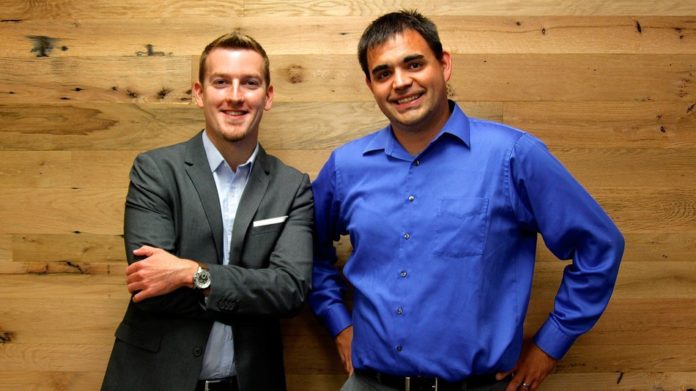How music is helping stroke patients walk and talk again

A peculiar thing happened in Sweden in 1763.
Though a young, brain-damaged man was unable to speak, he astounded townspeople and a physician named Olaf Dalin when he was able to sing hymns in church.
That observation would be repeated for centuries. By the 20th century, many scientists and doctors were studying why many sufferers of aphasia, the inability to read, write or understand language due to a stroke, brain injury or neurological condition, were able to sing but not speak. They discovered that the brain is not static but plastic (that it can repair and remap itself following an injury) and that music can tap into the healthy right side of the brain to activate the damaged left portion.
Building off those insights, therapists began using music to treat patients who’d suffered from stroke, Parkinson’s, cerebral palsy and brain damage. Today, new neuroimaging technology and electric recording methods like functional magnetic resonance imaging and electroencephalography are giving neurologists a previously unseen glimpse into the human brain as people listen to rhythms, corroborating what clinicians have been saying for decades about the restorative power of music.
“Because early music therapy was built upon these laudable and important but therapeutically narrow concepts, many in health care, including insurers, viewed it as merely an accessory to good therapy,” Drs. Michael Thaut and Gerald McIntosh wrote for The Dana Foundation.
“By combining these developments — brain imaging, insight into plasticity and finding that musical and non-musical functions share systems — therapists finally could build a powerful, testable hypothesis for using music in rehabilitation: Music can drive general reeducation of cognitive, motor and speech and language functions via shared brain systems and plasticity,” they added.
In Boston, MEDRhythms is poised to lead the charge to bring neurologic music therapy (NMT) to homes and healthcare facilities around the globe. Co-founder Brian Harris, a certified neurologic music therapist, tells Mashable that he’s been amazed by the impact of NMT in his clinical work but dismayed that patients can’t always access it.
“People were asking where can we get more of this when we leave hospital,” he says.
According to Harris, a typical session lasts 60 minutes, depending on how much the patient can tolerate. All sessions feature live music, which is easier for therapists to pause or re-start (for this reason, all NMT therapists must be proficient with a guitar, piano and their voice).
If a patient is working on gait training, therapists will play a rhythm and have them move to it as the music engages the part of their brain responsible for movement. If the patient is doing speech therapy, the neurologic music therapist might play a familiar song and ask them to sing parts of it or recite singsong phrases with the beat.
At the end of just one NMT session, Harris says, it’s common to see pronounced results. One stroke patient, for example, was able to walk twice as fast (without a cane) and three times as far at the end of his first appointment, progress he wasn’t able to make after three weeks of traditional physical therapy, Harris says.
After intensive NMT, he adds, older aphasia sufferers are often able to communicate with their loved ones once again.
“With NMT, improvements are not sporadic cases,” Harris says. “These are results we see consistently. It never ceases to amaze me that these results are possible and that not many people know about them.”
To expand access to NMT, MEDRhythms has partnered with hospitals in the Boston area and the Brain Injury Association of Massachusetts, providing in-patient and out-patient care. Though only six-months-old, the company already has its eyes set on creating a network of NMT therapists in Maine and Connecticut.
Even with growth on the company’s mind, MEDRhythms’s primary object today is to be an advocate for NMT, Harris says.
“People need to know that this exists before they can benefit from it,” he says. “We’re on a push for advocacy and then we can place therapists in the facilities and homes to start treatment.”
In the future, with more publicity and research, music could play an even larger role in neuroscience, Harris says.
“I truly believe the more we find out music and how it affects the brain, it will change the landscape of healthcare and neurorehab,” he adds.
